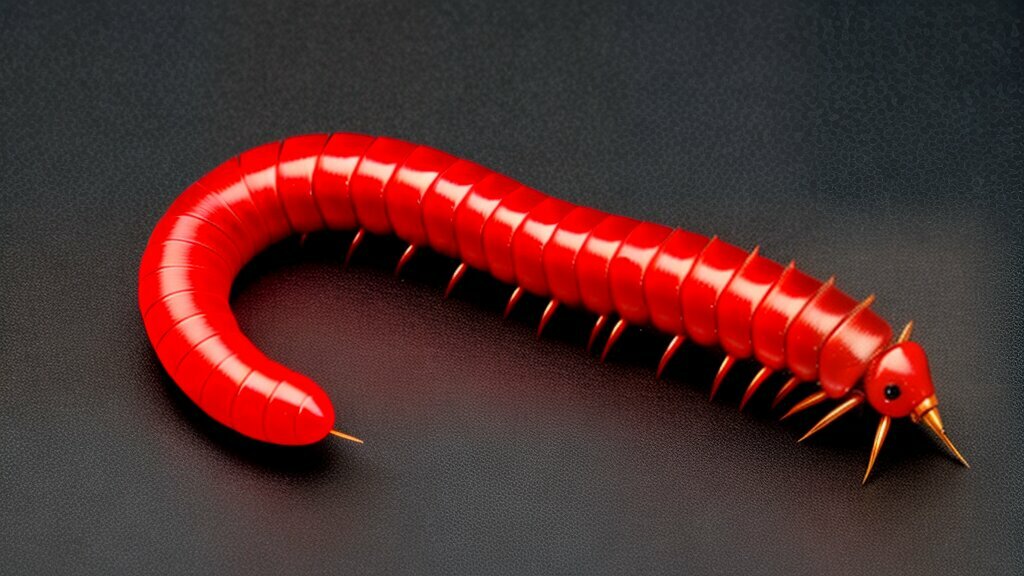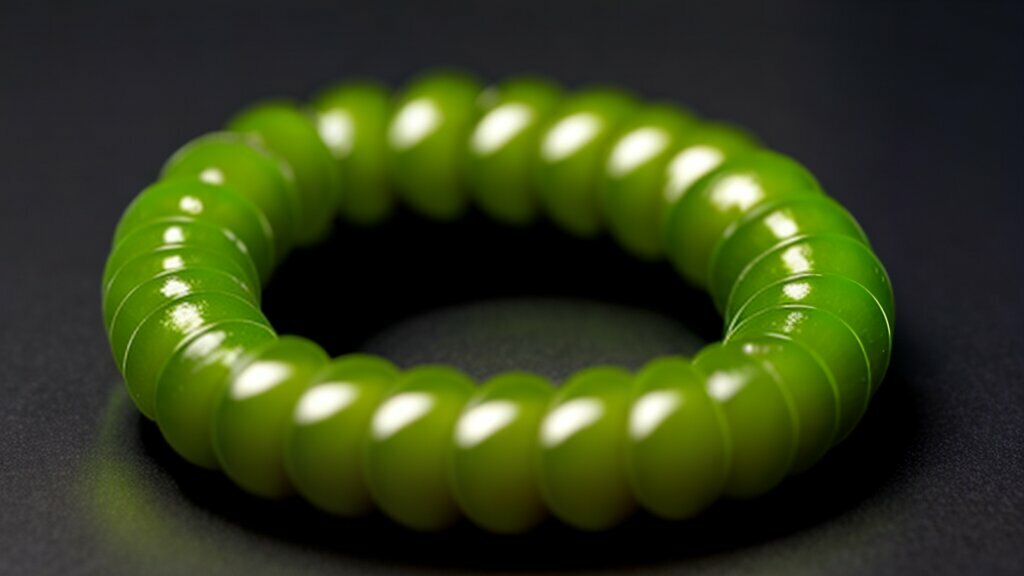It’s a common fear—waking up to find a centipede crawling in your nose. While it may seem like something out of a horror movie, the possibility of centipedes entering your nasal passages is a real concern for many people. In this section, we will explore the unsettling question of whether centipedes can enter your nose. We will discuss the potential risks associated with centipedes in the nasal passages and provide information on how to prevent this creepy-crawly situation.
Key Takeaways
- Centipedes can navigate through various environments, including tight spaces and human nasal passages.
- The presence of centipedes in the nose can pose certain risks, such as infection or allergic reactions.
- Practicing good hygiene and creating an environment that discourages their presence can help prevent centipedes from entering the nose.
Understanding Centipede Behavior and Anatomy
To understand whether centipedes can go in your nose, it’s important to know a little about their behavior and anatomy. Centipedes are arthropods, and they come in a variety of sizes, ranging from a few millimeters to over a foot long. They typically prefer dark and damp environments, such as under rocks, decaying wood, or in soil, but they can adapt to living in a range of spaces, including human homes.
Centipedes have elongated, segmented bodies with numerous legs on each segment. The exact number of legs depends on the species, but it’s usually between 15 to 177 pairs. They use these legs to navigate their surroundings, climbing walls and ceilings with ease. Centipedes have two venomous claws, or forcipules, that they use to capture prey and defend themselves. The venom is usually not harmful to humans, but it can cause localized pain and swelling.
While it’s rare for centipedes to invade human nasal passages, it has been documented in a few cases. This may happen if the centipede is seeking shelter, attracted to odors or moisture, or accidentally crawls up the nose while exploring the surrounding environment. The sensation of a centipede crawling in your nose can be alarming and uncomfortable, but it’s essential to stay calm and seek medical attention if necessary.
Centipede Anatomy: An Overview
Centipedes have elongated, segmented bodies with numerous legs on each segment. The exact number of legs depends on the species, but it’s usually between 15 to 177 pairs. They use these legs to navigate their surroundings, climbing walls and ceilings with ease. Centipedes have two venomous claws, or forcipules, that they use to capture prey and defend themselves. The venom is usually not harmful to humans, but it can cause localized pain and swelling.
Some species of centipedes, such as the house centipede, can run at very high speeds and are capable of jumping up to 30 cm. They also have a remarkable ability to regenerate lost limbs and can live for several years. While these creatures may seem like something out of a horror movie, they play an important role in controlling insect populations and are a valuable part of ecosystems.
Risks Associated with Centipedes in the Nose
Despite the rarity of centipedes entering the nasal passages, the presence of these arthropods can pose certain risks. One of the primary dangers of having centipedes inside the nose is the possibility of bites. Centipede bites can cause pain, swelling, and redness, which can be exacerbated if they occur within the sensitive nasal passages.
Additionally, the introduction of foreign substances into the nose can lead to infection or allergic reactions. If the centipede’s venom enters the bloodstream, it could result in a more severe reaction. Furthermore, nasal infections related to centipedes can cause symptoms such as fever, headache, and difficulty breathing.
It is important to address the presence of centipedes in the nasal passages as quickly as possible, as complications can arise if left untreated. Seeking medical attention is recommended if you suspect any adverse reactions or infections related to centipedes in your nose.
Preventing Centipedes from Entering the Nose
While it is rare for centipedes to crawl into your nose, taking preventive measures can still help avoid this unsettling situation. Here are some practical tips:
- Keep your home clean and dry: Centipedes are attracted to damp and dark places, such as basements, attics, or bathrooms. By removing clutter and keeping your living space clean and dry, you can discourage centipedes from taking up residence.
- Seal any cracks and crevices: Centipedes can enter your home through small openings in windows, doors, or walls. Seal these gaps with caulk or weatherstripping to prevent their entry.
- Use pest control: If you have a persistent centipede problem, consider contacting a pest control professional. They can use safe and effective methods to remove centipedes from your home.
- Avoid leaving food out: Centipedes are carnivores and eat other insects. By keeping your home free of crumbs and other food debris, you can reduce the likelihood of attracting other insects, which in turn may attract centipedes.
By following these simple tips, you can create an environment that is less attractive to centipedes and minimize the risk of a nose infested with centipedes.
Conclusion
In conclusion, while the idea of a centipede entering your nose may be unnerving, it is a rare occurrence. However, it is important to understand the behavior and anatomy of these arthropods and the potential risks associated with them in the nasal passages.
If you do encounter a centipede in your nose, it is essential to seek medical attention immediately. Centipede bites can cause pain and inflammation, and the introduction of foreign substances into the nasal passages can lead to infection or other complications.
To prevent centipedes from entering your nose, follow good hygiene practices and keep your surroundings clean and dry. Seal any cracks or gaps in your home and eliminate sources of moisture. These preventative measures can help minimize the chances of encountering centipedes in your nasal passages.
Ultimately, by staying informed and vigilant, you can take steps to protect yourself and ensure a healthy and centipede-free nasal passage.
FAQ
Q: Can centipedes enter your nose?
A: While it is relatively rare, there have been cases where centipedes have been found in human nasal passages.
Q: What are the risks associated with centipedes in the nose?
A: Centipede bites can cause pain, swelling, and redness, which can be exacerbated if they occur within the sensitive nasal passages. The introduction of foreign substances into the nose can also lead to infection or allergic reactions.
Q: How can I prevent centipedes from entering my nose?
A: There are several measures you can take to minimize the risk of centipede infestations in your nasal passages. This includes practicing good hygiene, keeping your environment clean and dry, sealing any cracks or openings in your home, and using insect screens on windows and doors.




